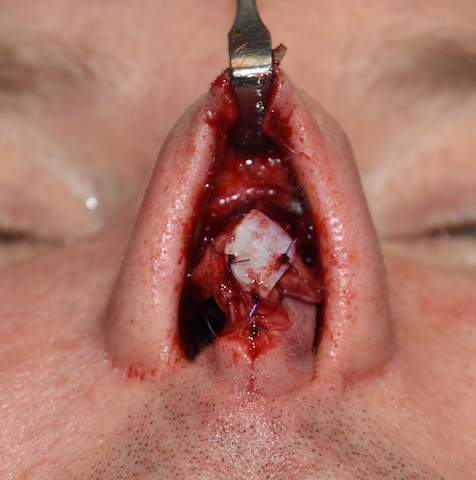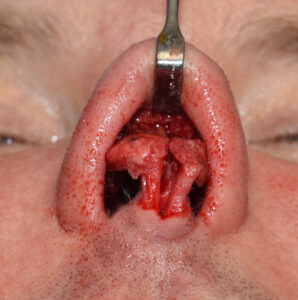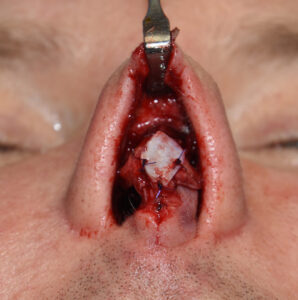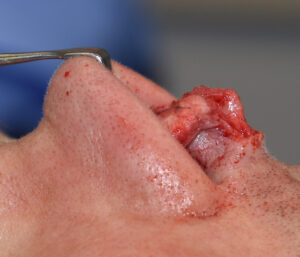Revisional rhinoplasty frequently needs cartilage grafts to be successful. This is particularly relevant when structural deficiencies has occurred resulting in an underprojected nose, breathing difficulties due to middle vault collapse or both. Often, however, the regional harvest sites of the septum and ear have been exhausted or have insufficient volume for the needed nasal support required.
The role of rib grafting in revisional rhinoplasty is that it provides an assurance that adequate building materials are available. Without a rib graft harvest in the structurally deficient nose surgeons are often forced into compromised solutions using inadequate septal/ear cartilage grafts, tissue back cartilage or resorting to implant materials. While rib grafting has shape issues that must be overcome, it does not suffer from inadequate quantity. Even in smaller rib graft harvests the thickness of it provides adequate volume. With in situ harvest methods adequate graft lengths are assured.
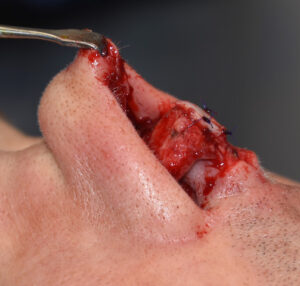
Rib grafting to the nasal tip requires less graft length than that of the nasal dorsum. This can affect the choice of the donor site harvest. Small in situ rib grafts harvests can be done higher up on the ribcage or the ends of ribs #9 and #10 can be used. In situ harvest of rib #8 can also be done.
Dr. Barry Eppley
Indianapolis, Indiana

